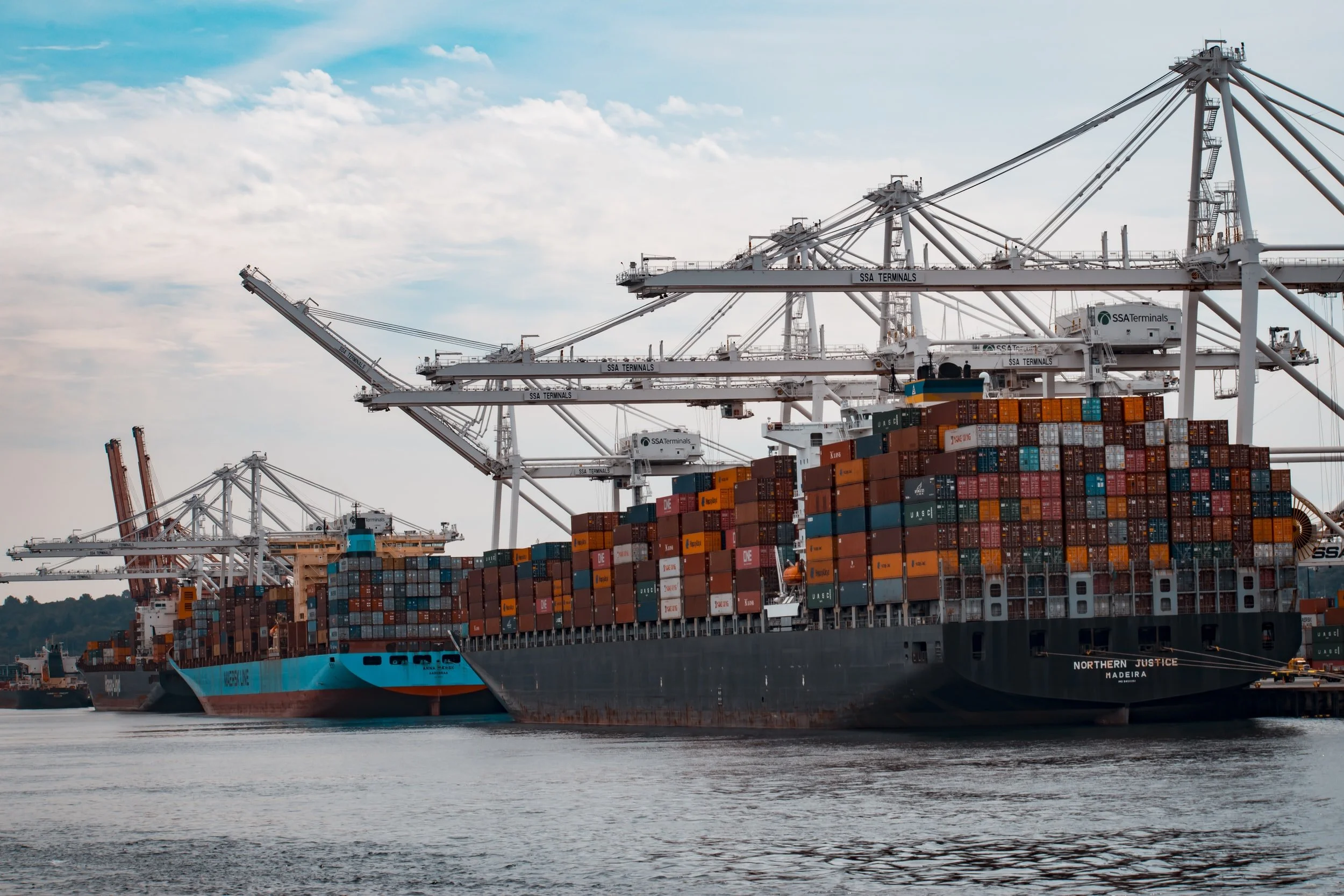New Law Hits AIS Beacons
/A new law introduced by Beijing appears to have resulted in ships turning off their automatic AIS beacons (161.975 MHz or 162.025 MHz) when in Chinese waters
Since the start of the month, vessels from around the globe, from tankers to cargo ships, have disappeared from global tracking systems as they have entered some of the world’s busiest shipping lanes close to Chinese ports.
As the ships leave Chinese waters they reappear again.
By some estimates, tracking pings from ships near China have fallen by 90 per cent in just a few weeks.
On 1st November 2021, a new law came into effect in China restricting foreign access to any data – potentially including shipping data – deemed to have a bearing on national or economic security.
Read More




